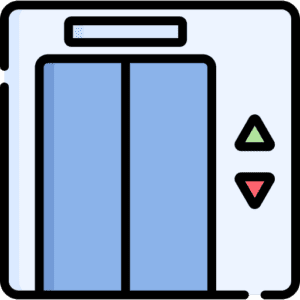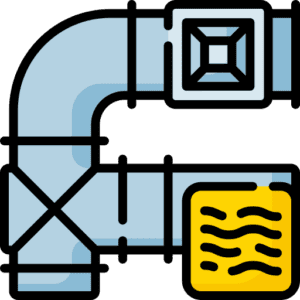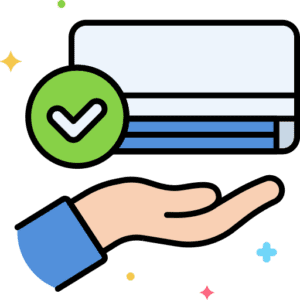CSCS Supervisor Mock Test
Following is the information about the CSCS Supervisor Mock Test. There are 72 questions in this test. The passing mark for this test is at least 90%. Your knowledge about Risk assessment, hazard identification, health and safety legislation, and best practices for maintaining a safe working environment., is tested. The detail of the learning content you need to cover for this test is given below.
Supervisory

Risk assessment, hazard identification, health and safety legislation, and best practices for maintaining a safe working environment.
Learning Content:
Supervisory Skills and Responsibilities
- Effective communication with team members.
- Leading safety briefings and toolbox talks.
- Identifying and assessing hazards.
- Implementing control measures and conducting risk assessments.
- Procedures for reporting accidents, near misses, and unsafe conditions.
- Investigation and documentation of incidents.
Health and Safety Regulations
- Understanding key health and safety laws (e.g., Health and Safety at Work Act).
- Knowledge of specific regulations relevant to construction (e.g., Construction (Design and Management) Regulations).
- Duties of employers and employees.
- Responsibilities of supervisors in maintaining safety standards.
Specific Risks Associated with Specialist Areas
- Safe use of specialist tools and machinery.
- Maintenance and inspection protocols.
- Handling and storage of hazardous materials.
- Use of Personal Protective Equipment (PPE) and respiratory protective equipment.
- Risks specific to the specialist area (e.g., working at height, confined spaces, electrical safety).
- Procedures for working safely in these conditions.
Environmental Awareness
- Understanding the environmental impact of construction activities.
- Knowledge of how to minimize negative environmental effects.
- Implementation of sustainable construction practices.
- Waste management and recycling.
Emergency Procedures
- Planning for emergencies (e.g., fire, medical emergencies, evacuations)
- Roles and responsibilities during an emergency.
- Basic first aid knowledge and procedures.
- Location and use of first aid equipment.
- Procedures for contacting emergency services.
- Communication and coordination during an emergency.
Practical Application
- Conducting regular safety inspections and audits.
- Identifying and rectifying safety issues on site.
- Providing safety training and inductions for new workers.
- Ensuring all team members are aware of safety protocols and procedures.































